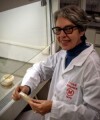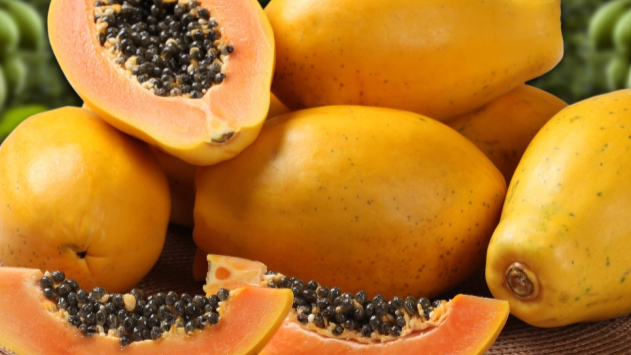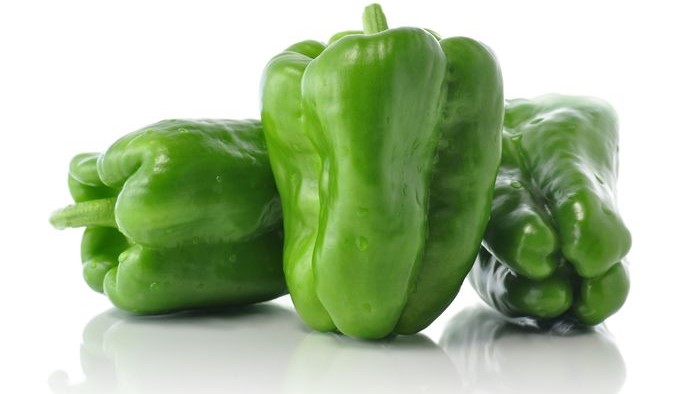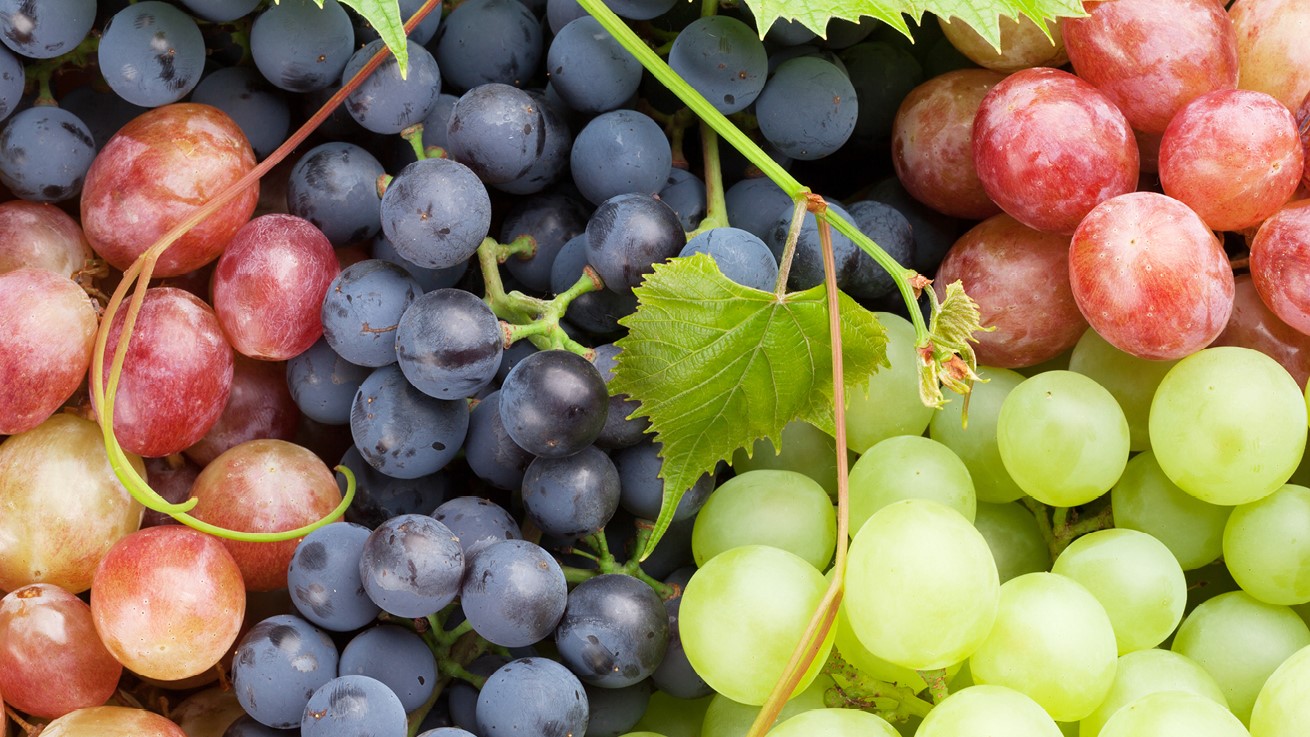Actualidad
How does the starch in bananas degrade during postharvest?
Different enzymes contribute, in various phases of banana ripening, to the degradation of starch
Bananas (Musa acuminata, family Musaceae) are pseudoberries. Native to Southeast Asia, they are currently cultivated in practically all tropical regions of the planet.
This fruit is known for its starch conversion process. During development, a substantial amount of this carbohydrate (70-80% of dry weight) accumulates and subsequently undergoes rapid degradation. During the ripening phase, starch breaks down into soluble sugars, contributing to flavor development.
The role of starch degradation
Starch degradation plays a crucial role in processes like seed germination and seedling development. In some other fresh fruits like kiwi and mango, starch confers critical quality attributes, including fruit firmness, sweetness, and shelf life, directly influenced by its degradation process.
How is starch degraded?
Two distinct categories of enzymes are responsible for starch degradation: phosphorolytic and hydrolytic enzymes.
The starch degradation process generally begins with phosphorylation by enzymes such as phosphoglucomutase and glucan mutase, followed by dephosphorylation by phosphoglucomutase phosphatases, culminating in the formation of glucose-1-phosphate through starch phosphorylase (PHO), from a glucan chain with α-1,4 glucosidic linkages.
Among hydrolytic enzymes, β-amylases and α-amylases have the ability to hydrolyze glucans derived from starch granules, releasing maltose units that eventually break down into glucose.
In the phosphorolytic starch degradation pathway, the enzyme PHO plays a crucial role by catalyzing the reversible transfer of glucosyl units, simultaneously releasing phosphate. There are two distinct forms of PHO: plastidial PHO1 and cytosolic PHO2, with molecular weights of approximately 105 kDa and 90 kDa, respectively.
Different enzymes for different stages
A recent study identified gene expression patterns related to starch degradation through transcriptomic analysis of bananas and the starch degradation pathway in non-photosynthetic plant cells. Molecular characteristics of PHO were investigated, and the potential functionality of starch phosphorylase 1 (PHO1), highly expressed during ripening, was assessed through gene silencing and overexpression.
Results showed that phosphorolytic enzymes primarily regulate starch degradation in the early and middle stages of fruit ripening, while hydrolytic enzymes significantly contribute to starch degradation in the later stage.
PHO1 expression is higher in the early and middle stages of banana ripening and is predominantly located in the chloroplast; PHO2 is localized in the cell membrane.
The transient attenuation of PHO1 expression significantly increases starch accumulation, while its overexpression triggers a drastic reduction in starch content, confirming its functional role in banana fruit ripening.
Bases for postharvest quality improvement
In summary, these findings provide crucial insights into the role of PHO1 in fruit starch degradation, offering relevant genetic targets for postharvest quality improvement in bananas and potentially in other crops. This can enhance marketable attributes and the longevity of starchy fruits.
Source
Miao, H.; Sun, P.; Zhu,W.; Liu, Q.; Zhang, J.; Jia, C.; Sun, J.; Zhu, Z.; Xie, J.; Wang, W.; Tie, W.; Li, X.; Xu, B.; Liu, J.; Jin, Z. (2024). Exploring the function of MaPHO1 in starch degradation and its protein interactions in postharvest banana fruits. Postharvest Biology and Technology, 209: 112687.
Image
Link to Image Accessed on 04/03/2024.












